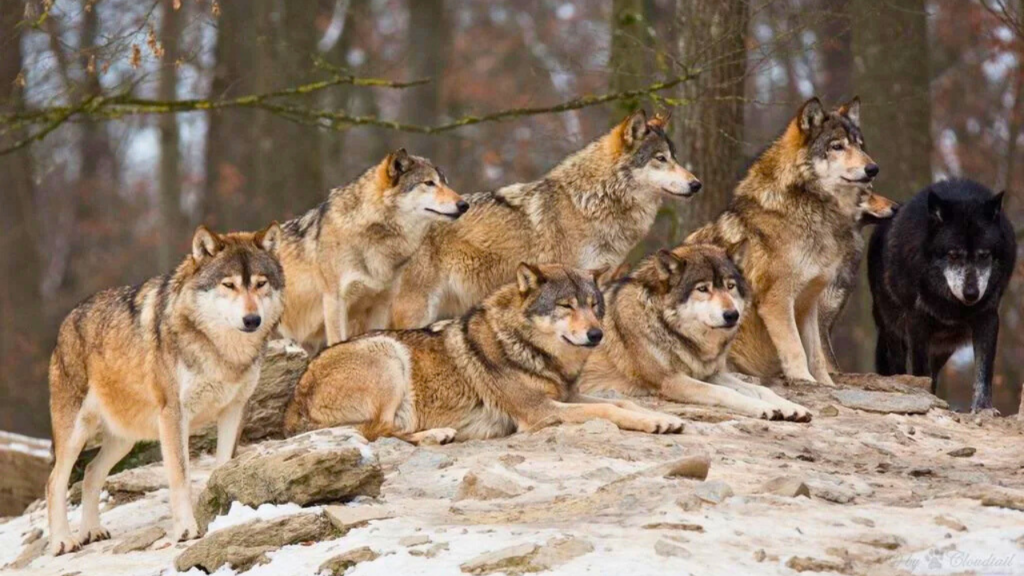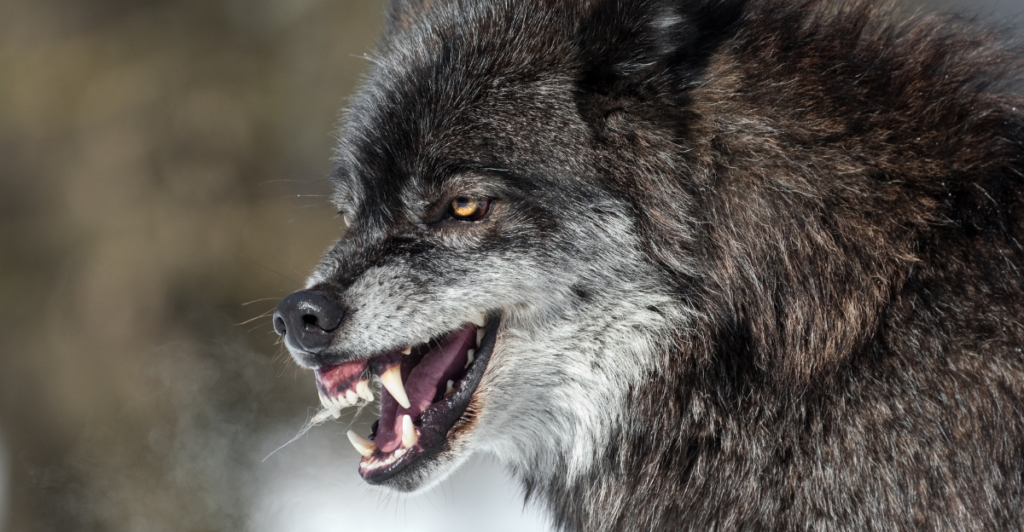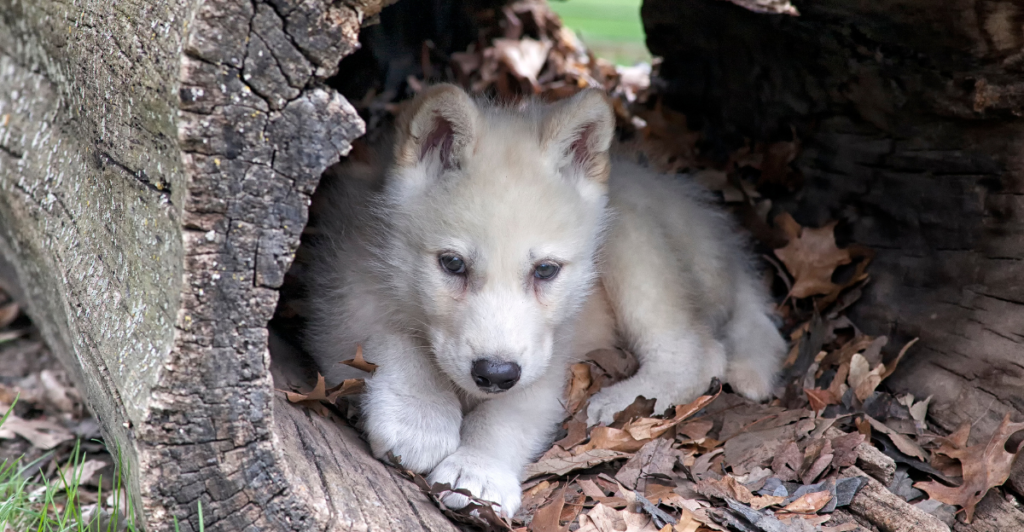
Wolves have long been misunderstood and vilified in American culture. Their image as ferocious predators, cemented by tales like “Little Red Riding Hood,” led to their near extinction in many parts of the United States. However, in recent years, the narrative has shifted, and wolves are making a remarkable comeback. This resurgence is more than a tale of survival; it’s a testament to changing attitudes, conservation efforts, and the resilience of nature. Here’s why wolves are reclaiming their rightful place in the American wilderness.
1. Legal Protections Under the Endangered Species Act

The wolf’s comeback story begins with its classification as an endangered species. This legal protection provided a framework for conservation programs, funding, and public awareness campaigns. Laws like the Endangered Species Act made it illegal to hunt or harm wolves, giving them a chance to rebuild their populations. Without this critical legal safeguard, wolves may have remained on the brink of extinction.
2. Reintroduction Programs in National Parks

One of the most significant milestones in wolf recovery was the reintroduction of gray wolves to Yellowstone National Park in 1995. Wolves from Canada were relocated, rehabilitated, and released into the park. This initiative set the stage for a dramatic ecological transformation, proving the effectiveness of targeted reintroduction programs in restoring predator-prey dynamics in ecosystems.
3. Wolves’ Role in Ecosystem Balance

Wolves are apex predators, meaning they regulate prey populations and maintain ecological balance. In Yellowstone, for instance, wolves helped reduce elk numbers, preventing overgrazing and allowing vegetation to recover. This, in turn, benefitted other species, from beavers to birds. Such cascading effects have underscored the importance of wolves in healthy ecosystems.
4. Increased Public Awareness and Support

Over the past few decades, public attitudes toward wolves have softened. Educational campaigns and documentaries have highlighted their ecological significance and dispelled myths about their danger to humans. This cultural shift has created a groundswell of support for wolf conservation efforts, making it easier to implement protective measures.
5. Natural Reproductive Success

Despite their slow reproduction rates, where often only the alpha female reproduces, wolves have shown remarkable population growth. With adequate protection and sufficient prey, wolf populations in areas like the northern Rockies have grown by as much as 30% annually. This natural resilience has played a critical role in their comeback.
6. Collaborative Conservation Efforts

Conservationists, scientists, and even some ranchers have come together to find ways to coexist with wolves. Programs that provide compensation for livestock losses and efforts to use non-lethal deterrents have reduced conflicts. These collaborative approaches are fostering a more harmonious relationship between humans and wolves.
7. Adaptability to New Habitats

Wolves are highly adaptable animals, capable of thriving in diverse environments. As their populations grow, they are expanding into new territories, such as the Pacific Northwest and even areas of the Midwest. This adaptability has allowed wolves to reclaim parts of their historic range.
8. Ecotourism and Economic Incentives

The reintroduction of wolves has also created economic benefits, particularly through ecotourism. Tourists flock to places like Yellowstone to catch a glimpse of these majestic animals in the wild. This economic boost has made wolf conservation a more appealing prospect for local communities.
9. Improved Prey Health

By preying on weak and sick animals, wolves contribute to healthier prey populations. This natural selection process prevents the spread of diseases among species like elk and deer. Such benefits have helped scientists advocate for the reintroduction and protection of wolves.
10. Global Success Stories Inspire U.S. Efforts

The successful recovery of wolves in Europe has served as a model for the United States. Countries like Germany and Poland have demonstrated that wolves can coexist with humans, even in densely populated areas. These international examples have influenced U.S. policies and reinforced the global importance of predator conservation.
The Ongoing Battle for Coexistence

While wolves have made significant strides, their recovery is not without challenges. Conflicts with ranchers, debates over hunting policies, and the risk of losing federal protections remain contentious issues. Balancing the interests of conservationists and local communities is critical to ensuring the long-term survival of wolves.
A Howl of Hope

The return of wolves to the American landscape is a triumph for conservation and a reminder of nature’s resilience. It reflects our growing recognition of the interconnectedness of ecosystems and the importance of every species. As wolves continue to make a comeback, their story serves as a powerful symbol of hope and the enduring bond between humans and the wild.
References:
Why are wolves making a comeback in the United States?
1995 Reintroduction of Wolves in Yellowstone
Wolf Restoration
Stay connected with us for more stories like this! Follow us to get the latest updates or hit the Follow button at the top of this article, and let us know what you think by leaving your feedback below. We’d love to hear from you!







